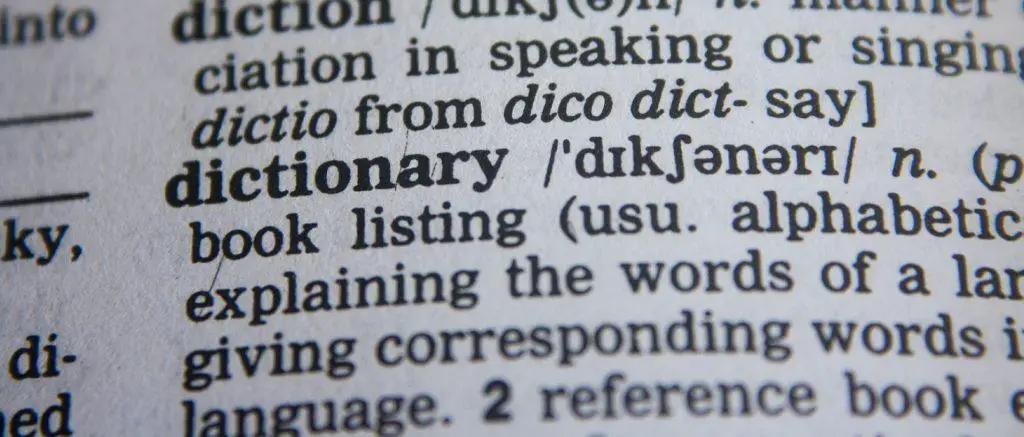Cheap Used Textbooks – Introduction
In this short article, I would like to warn you of the negative consequences of buying cheap used textbooks, especially online.
Cheap used textbooks have become a saving grace for many students burdened by the high costs of education. With the rising prices of new textbooks, more and more students are turning to the second-hand market in order to save money.
The appeal of cheap used textbooks is undeniable – not only can they be purchased at a fraction of the cost of new ones, but they often come with notes, highlighting, and other annotations that can provide valuable insights and understanding.
However, beneath the allure of these affordable alternatives lie hidden dangers that students must be aware of. Used textbooks, despite their cost-effectiveness, can sometimes be outdated or in poor condition. This can result in missing pages, worn-out bindings, or outdated information that may not align with the current syllabi.
Moreover, students may find themselves struggling with concepts that have evolved or changed since the publication of the used textbook. While cheap used textbooks may come at a tempting price, it is essential for students to exercise caution and consider the potential drawbacks before making a purchase.
For those of you who prefer to watch a video, please have a look at this one.
Please be aware that I mean textbooks that you use to learn from, not used books generally. If you want to get decent used books online, there are many options. AbeBooks, for example, is a good place to start.
The Temptation of Used Textbooks
Language books can be expensive, there is no denying that. When you look at the new prices, it can be tempting to opt for a second-hand book instead.
If buying online, the seller might describe it as being ‘like new’ and the savings can be significant.
As English language learners, we are constantly on the hunt for ways to save money. One tempting option is purchasing discount used textbooks.
These books are often much cheaper than their brand new counterparts, appealing to our desire to pinch pennies. Plus, it’s common knowledge that used textbooks can still provide the same information as new ones, so why not take advantage of the cost savings?
However, behind the allure of discount used textbooks lie some hidden dangers.
While we may be drawn to the lower prices, we often overlook the potential consequences. For instance, these books may be outdated with information that is no longer accurate or relevant. Additionally, they may contain underlined passages, notes, or highlighting from previous owners, which can be distracting or confusing as we try to decipher our own understanding of the material.
These hidden dangers can ultimately hinder our learning experience and impact our academic success.
The Hidden Dangers Within Used Textbooks
As students strive to save money on their education, they often turn to used textbooks to find affordable options.
While this might seem like a clever solution, it is important to be aware of the hidden dangers that can lurk within these second-hand tomes.
One of the primary risks is the potential for outdated information. Textbooks, especially in rapidly evolving fields, can become quickly obsolete, with new research and discoveries often rendering older editions obsolete. Therefore, those looking to find cheap textbooks must exercise caution when purchasing used ones, ensuring that they are not investing in information that is no longer accurate or relevant.
Fortunately, as English language learners, this is not a huge issue as the language doesn’t change much over the years. However, methods change and example texts and references can become outdated.
Another danger that arises from purchasing used textbooks is the potential for missing or damaged pages. While used books can offer significant savings, they may also come with wear and tear that compromises their usefulness. Pages could be torn and/or highlighting could obscure important details.

Often, it’s not possible to check whether the previous owner (or worse, owners) had written in the book.
In my experience, people tend to write in their language books.
Don’t fool yourself into thinking that you can rub out any previous answers. You can still see them.
At best, you get given the answer without really getting involved in the learning process. At worst, the answers can be wrong, causing untold confusion and uncertainty.
To overcome this challenge, students must meticulously inspect each used textbook they consider purchasing, ensuring that it is in good condition and does not contain any significant damage or missing sections.
The Impact on English Language Learners
English language learners often face unique challenges when it comes to accessing quality educational resources, including textbooks. For those on a limited budget, cheap used paperback books may seem like an ideal solution.
However, it is important to consider the impact of relying solely on these materials. Learners require up-to-date and comprehensive resources that are specifically designed to support their language acquisition needs. While used textbooks may be affordable, they may not provide the necessary support needed for English language learners to thrive in their academic journey.
One of the main issues with cheap used paperback books is that they may not align with current language instruction methodologies or include the latest educational research.
English language learners require textbooks that incorporate effective language learning strategies and culturally responsive content. Used textbooks that were published several years ago may lack the inclusivity and diversity that is essential for learners to engage with the material and deepen their understanding of the English language.
Additionally, outdated textbooks may not provide the necessary vocabulary and grammar exercises needed to support language development.
Strategies for Smart Textbook Buying
First and foremost, when it comes to smart textbook buying, it’s essential to keep your eyes peeled for cheap old books. Don’t dismiss the idea of buying used textbooks, as they can save you a considerable amount of money.
Scour local bookstores, online marketplaces, and even campus bulletin boards for second-hand options. Sometimes, you might stumble upon a previously owned gem at a fraction of the cost of a brand new edition. However, be cautious and thoroughly inspect the condition of the book to ensure it’s still usable. Remember, the goal is to find a bargain, not a book that’s falling apart at the seams.
Embracing Digital and Online Resources
Another strategy for smart textbook buying is to explore digital and online resources.
With the advancement of technology, it’s become increasingly common for students to embrace digital and online resources for their educational needs. These resources offer a multitude of benefits to both students and educators.
For starters, digital platforms provide instant access to a vast array of information, allowing students to quickly find answers to their questions and explore topics in depth. Online resources also offer the convenience of being available anytime, anywhere, eliminating the restrictions of physical textbooks and libraries. Moreover, digital materials can often be more interactive and engaging than traditional textbooks, incorporating multimedia elements such as videos, quizzes and interactive exercises to enhance learning.
In addition to providing convenience and interactivity, embracing digital and online resources can also be cost-effective.
For a great article about how to find cheap (and even free!) e-books, please check out this blogpost.
While traditional textbooks can be quite expensive, digital materials are often available at a fraction of the cost or even for free. This affordability makes education more accessible to all students, regardless of their financial background.
Furthermore, digital resources can be easily updated to include the most current information, ensuring that students are not learning outdated or inaccurate material. This flexibility allows students to stay up-to-date with the latest advancements in their fields of study and prepares them to face the challenges of an ever-changing world.
Lastly, digital textbooks eliminate the hassle of carrying around heavy backpacks filled with outdated information. Embrace the convenience and flexibility that digital resources provide, as they can significantly lighten your academic load. So, don’t be afraid to go digital and take advantage of the numerous online options available to you.
Cheap Used Textbooks – Conclusion
In conclusion, it is evident that used textbooks offer both temptations and hidden dangers. Buying cheap used textbooks is often a false economy.
It may save you some money in the short term, but the loss of learning that occurs when books have been written in by previous owners is far greater and ultimately more expensive. While they may seem like a cost-effective solution for students, they often come with outdated information or missing pages. This can hinder the learning experience and negatively impact the academic progress of students, particularly English language learners.
Therefore, it is crucial for students to implement smart strategies when purchasing textbooks. For example, can you physically see the book first and check the pages (all of them!) to see that they are clear of extra writing?
Another strategy is to embrace digital and online resources. With the advancement of technology, students can now access a wealth of information and educational materials online.
Not only are these resources often more up-to-date, but they also offer interactive features that enhance learning and engage students. By utilizing digital platforms for reading materials, students can not only save money but also stay up-to-date with the latest information in their field of study.
This shift towards embracing digital resources is a smart move in today’s fast-paced and constantly evolving educational landscape.
What do you think? Comments welcome.



